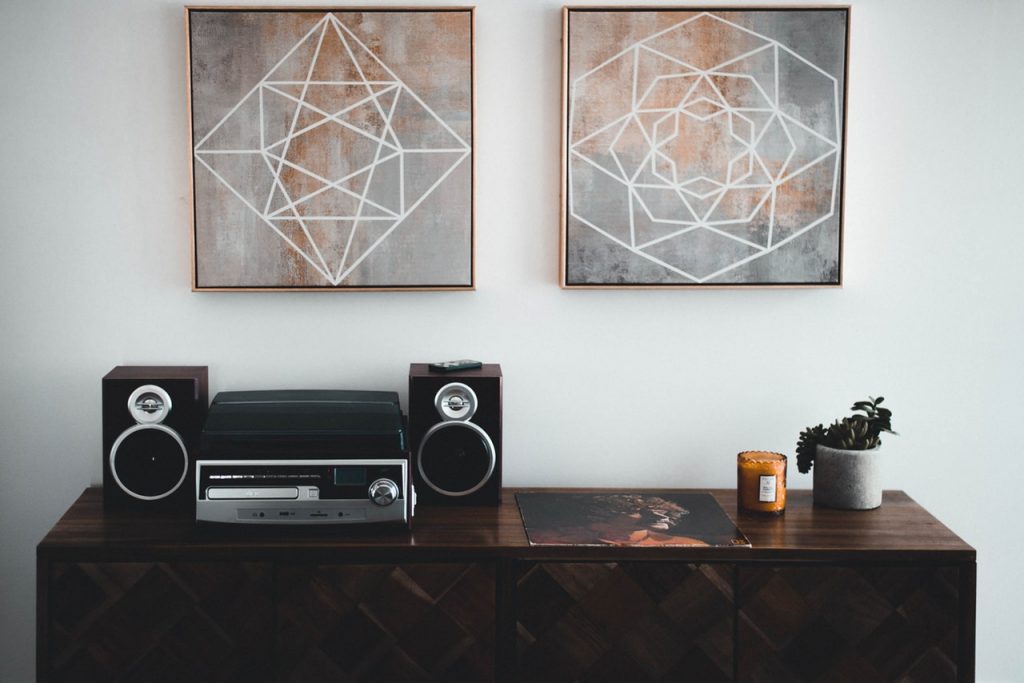Why magnesium oil sprays are good for you
The calcium oil used in calcium sprays is a concentration of magnesium chloride, sourced from 1,600 metres below the seabed. This provides a pure and natural remedy that’s free from artificial pollutants.
Magnesium oil sprays are a fast and efficient way to replenish your calcium levels. Designed to be obtained on the move, they are available in several varieties and may be used for relaxation and muscle support among several other applications.
How do they operate?
They are made to be sprayed directly on to the skin, where the calcium immediately starts to absorb. This is called transdermal absorption.
This is remarkably successful as the magnesium goes directly through to your blood vessels and muscles instead of needing to be consumed by your digestive system.
Magnesium oil sprays couldn’t be simpler to use. It is possible to use the sprays on just about any part of the body.
There is not an upper limit for transdermal calcium solutions. The only risks come when you take magnesium in the form of pills, as large doses may have a laxative effect. Toxic symptoms from excessive magnesium are infrequent because the body naturally eliminates any magnesium it does not require.
Where on my body should I spray on magnesium?
It is possible to use magnesium spray throughout the body. If you’re using Joint or Recovery sprays, apply them to the places that feel sore. Avoid spraying on broken skin, close to the eyes or around any sensitive areas.
Why does magnesium spray itch and sting?
A small itching or tingling sensation is probably a sign that your body has reduced levels of magnesium. This feeling will pass the longer you use the spray, as your body increases its calcium intake.


